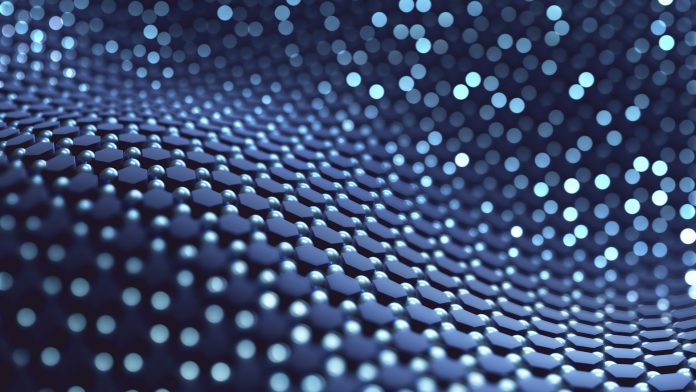Researchers from the University of Houston and Manhattan College, USA, have reported a machine learning model that can accurately predict the hardness of new materials, allowing scientists to find compounds suitable for use in a variety of applications.
Superhard materials are in high demand in industries such as energy production and aerospace. Until recently, finding suitable new materials has largely been a matter of trial and error based on classical materials such as diamonds.
Superhard materials are rare and have a hardness value exceeding 40 gigapascals on the Vickers scale, meaning it would take more than 40 gigapascals of pressure to leave an indentation on the material’s surface.
Jakoah Brgoch, associate professor of chemistry at UH and corresponding author for the team’s paper, published in Advanced Materials, said: “That makes identifying new materials challenging. That is why materials like synthetic diamond are still used even though they are challenging and expensive to make.”
Using machine learning to identify suitable materials
The model reported by the researchers predicts the load-dependent Vickers hardness based solely on the chemical composition of the material. The researchers report finding more than 10 new and promising stable borocarbide phases; work is now underway to design and produce the materials so they can be tested in the lab.
First author Ziyan Zhang, a doctoral student at UH, said: “The database built to train the algorithm is based on data involving 560 different compounds, each yielding several data points. Finding the data required poring over hundreds of published academic papers to find data needed to build a representative dataset.”
Researchers traditionally have used machine learning to predict a single variable of hardness, Brgoch said, but that does not account for the complexities of the property like load dependence, which he said still are not well understood, making machine learning a good tool, despite earlier limitations.







